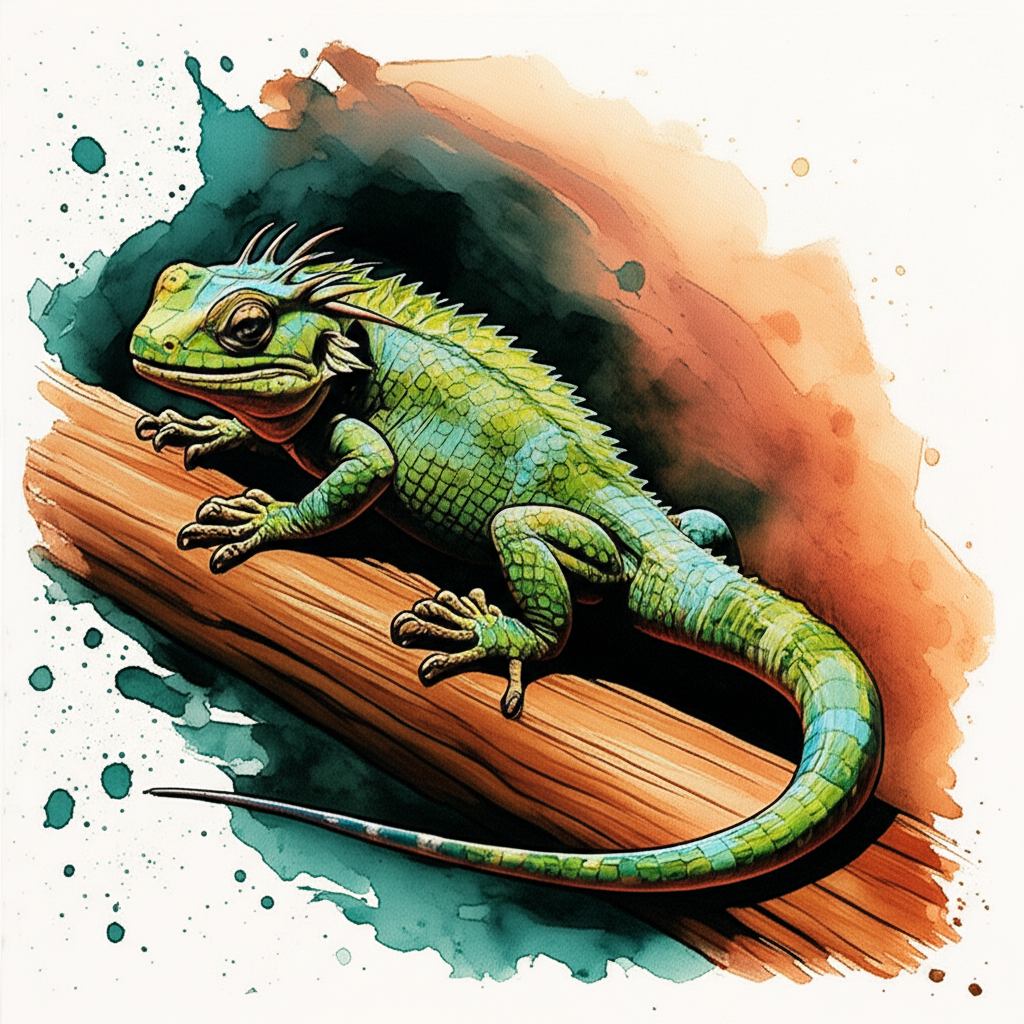
Many superstitions passed down through generations involve prophetic omens. In times when people believed their life paths were predetermined, methods for divining future events flourished, with dreams being a rich source of interpretation. Among these interpretations, the belief that dreaming of a lizard signifies the presence of a secret enemy holds a prominent place.
The historical roots of dream interpretation extend far back in time. A Saxon manuscript from around 1050, documented in Oswald Cockayne’s Leechdoms (1866), lists various dreams and their meanings, illustrating the practice’s early presence. Dream analysis held a similar popularity to other fortune-telling methods, such as tarot cards, palmistry, and tea-leaf reading, offering a sense of preparedness for the future, even if one could not alter it. Omens foretelling bad luck or upcoming conflict were particularly valued, allowing individuals to feel forewarned and, therefore, potentially forearmed.
Animals and birds often possess symbolic meaning in dream analysis and traditional folklore, linked to human attributes or flaws mirroring their natural behaviors. Lizards, in particular, became associated with trickery and deception due to their camouflage abilities and escape tactics, such as shedding their tails when captured. This association solidified the idea that dreaming of a lizard could symbolize someone with similar deceptive traits operating in one’s life as a hidden enemy.
The prominence of lizards in mythology varies depending on their prevalence in different regions. In Australia, where numerous carnivorous goannas roam, early European settlers instilled superstitious beliefs about these reptiles, including tales of them snatching small children. These beliefs are now deeply ingrained in the bushlore of the outback farming community. In India, where geckos are common, the superstition extends to the point of great significance if a lizard falls from the rafters and lands on a person. The specific body part touched by the lizard determines the interpretation, with sixty-five different prophetic possibilities based on the exact bone or scalp section touched.
While many pre-Renaissance pseudosciences faded with the rise of empirical methods, sleep and dreams remain relatively enigmatic to modern science. Despite the lack of definitive scientific explanations, dream analysis persists in popularity. Numerous books on the subject are still in print in Europe and America, reflecting a continued interest in understanding the potential meanings and omens that dreams may hold. Therefore, the superstition that dreaming of a lizard indicates a secret enemy continues to exist as part of a broader historical and cultural understanding of dreams.